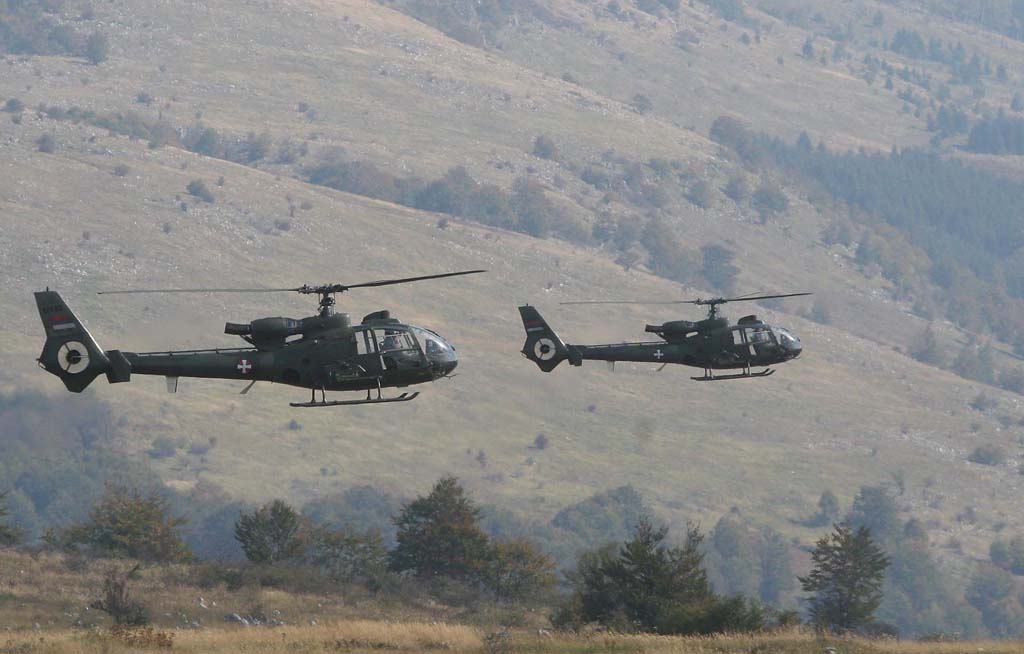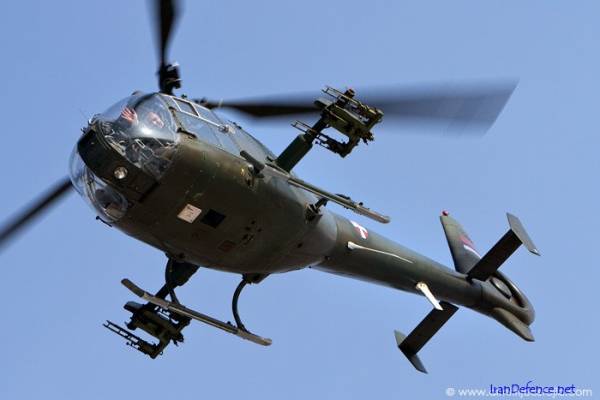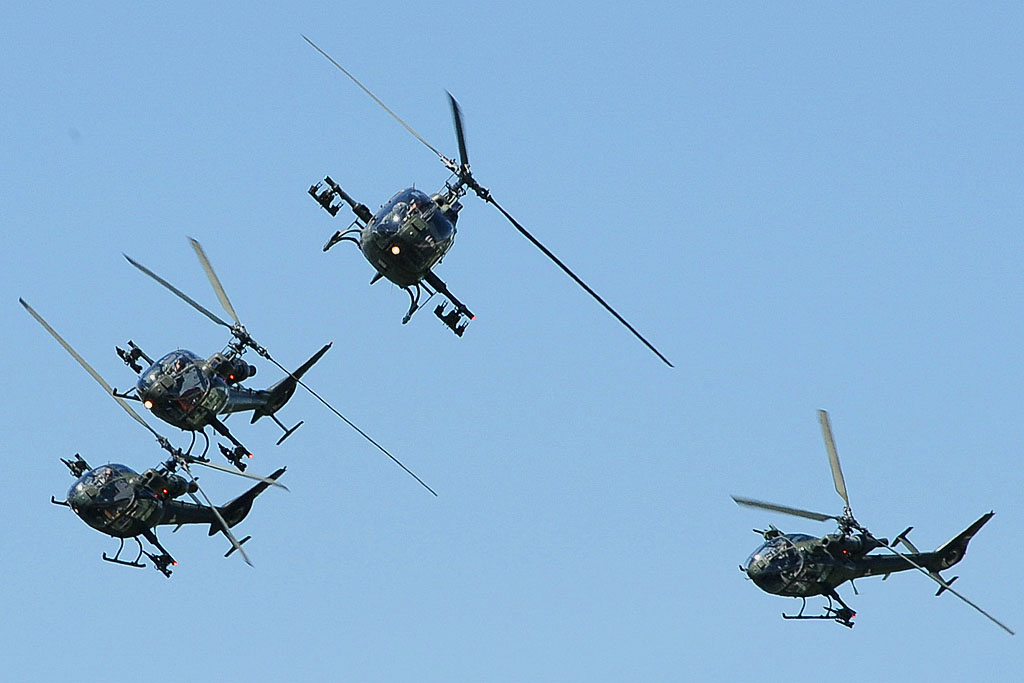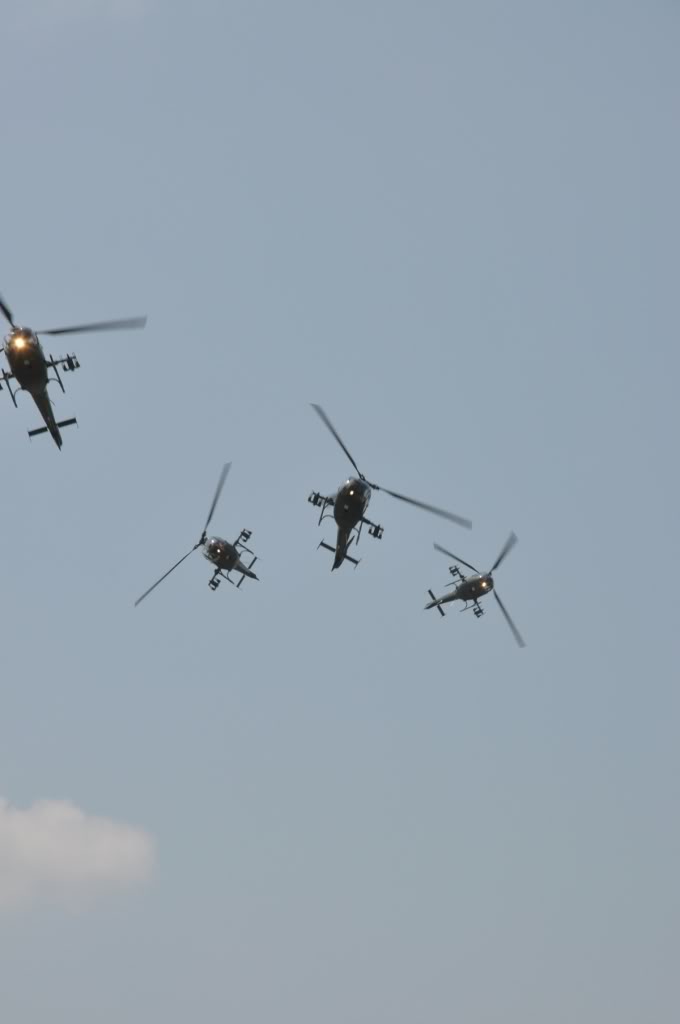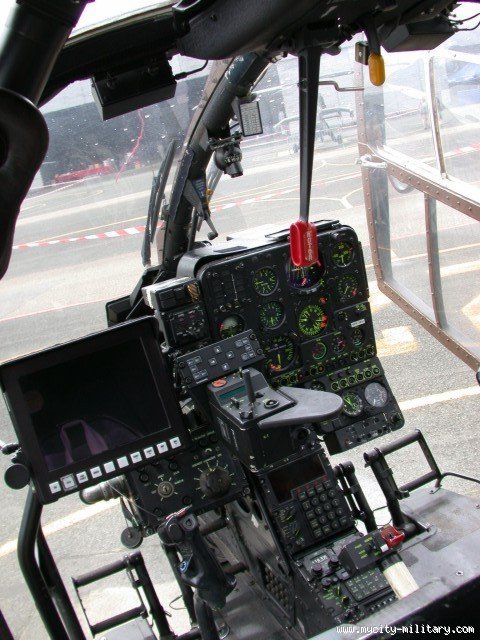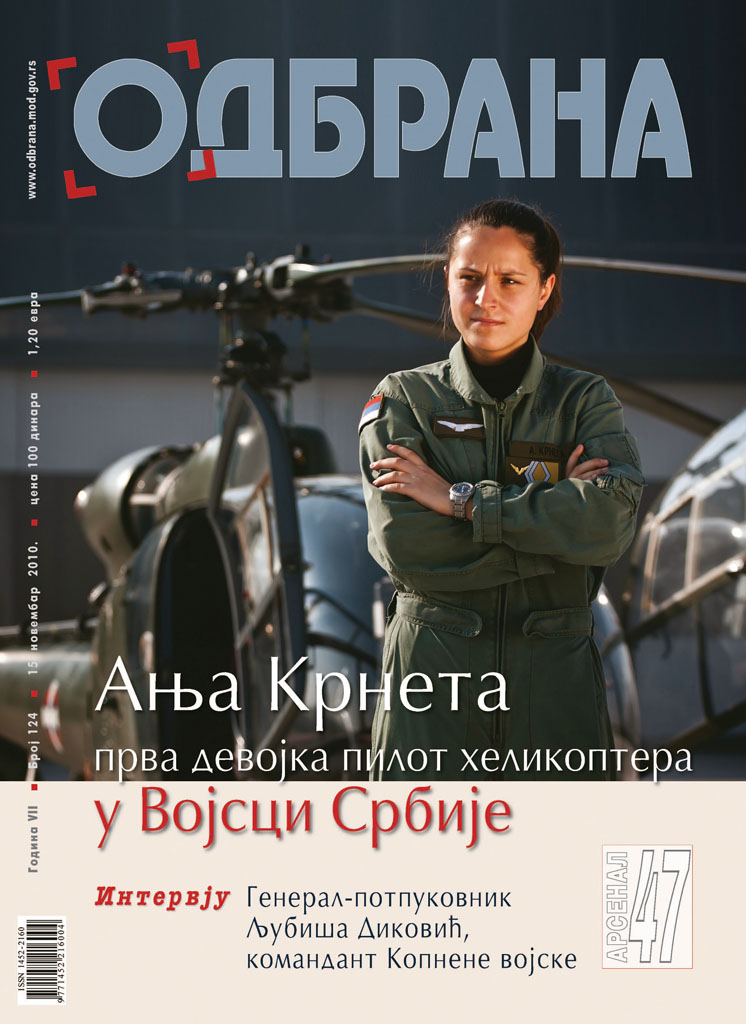Aerospatiale Gazelle
The Aérospatiale Gazelle originated in a
French Army requirement for a lightweight utility helicopter. The design quickly attracted
British interest, leading to a development and production share out agreement with
British company
Westland Helicopters. The deal, signed in February 1967, allowed the production in
Britain of 292 Gazelles and 48
Aérospatiale Pumas ordered by the British armed forces, in return Aérospatiale were given a work share in the manufacturing programme for the 40
Westland Lynx naval helicopters for the
French Navy.
Though the general layout resembles that of the
Alouette series, the Gazelle featured several important innovations. This was the first helicopter to carry a
fenestron or fantail, which allows considerable noise reduction. Also, the
rotor blades were made of
composite materials, a feature now widely used in modern helicopters.
In service with the
French Army Light Aviation, the ALAT, the Gazelle is used primarily as an anti-tank gunship (SA 342M) armed with
HOT missiles. A light support version equipped with a 20 mm cannon is used (SA 341F) as well as anti-air variants carrying the
Mistral air-to-air missile (Gazelle Celtic based on the SA 341F, Gazelle MistralSA 342M). The latest anti-tank and
reconnaissance versions carry the Viviane
thermal imagery system and so are called Gazelle Viviane. The Gazelle is being replaced in frontline duties by the
Eurocopter Tiger but will continue to be used for light transport and liaison roles. based on the
It also served with all branches of the British armed forces—the
Royal Air Force,
Royal Navy (including
Royal Marines) and the
British Army in a variety of roles. Four versions of the Gazelle were used by the British Forces. The SA.341D became the Gazelle HT.3SA 341E
VIP was used by the RAF for communications duties and Gazelle HCC.4. The SA 341C was purchased as the Gazelle HT.2 pilot trainer for the
Royal Navy. The training variants have now been replaced by the
Squirrel HT1. The SA 341B was equipped to a specification for the
Army Air Corps as the Gazelle AH.1 (from Army Helicopter Mark 1). It was used as an Air Observation Post (AOP) for directing
artilleryForward Air Controller (ABFAC) directing ground-attack aircraft, casualty evacuation, liaison, and command and control, and communications relay. in RAF service, equipped as a helicopter pilot trainer (hence HT). The transport as the fire, Airborne
The Gazelle flown by the British
Army Air Corps has recently been enhanced with a
Direct Voice Input (DVI) system developed by
QinetiQ. It allows for voice control of avionics equipment using standard aircrew helmet microphones and intercom. Being speaker independent, the system does not need to be trained to recognize a specific user. This means high command recognition rates may be achieved whether or not the user has operated the system before. It gives aircrew the ability to control aircraft systems using voice commands and access information without removing their hands from the flight controls or their eyes from the outside world.
[1]
Gazelles were also manufactured in
Egypt by
ABHCO and in
Yugoslavia by
SOKO.
YouTube - Goran Krneta Gazela displej Cenej 2009









